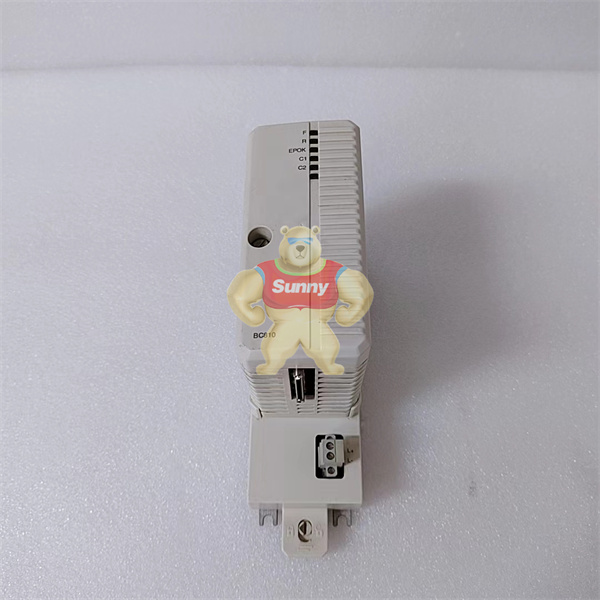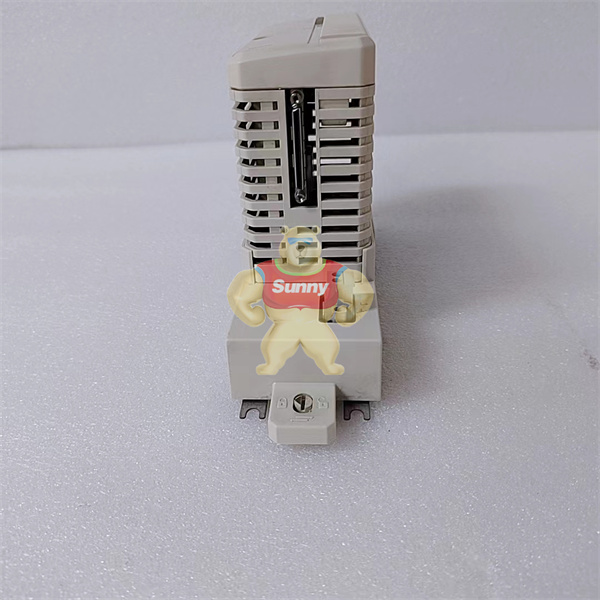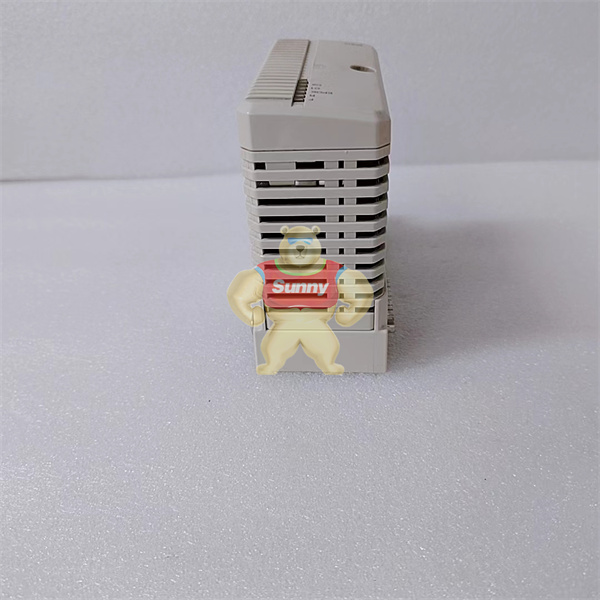2. Industrial chain status
At present, the domestic industrial robot products mainly rely on imports, its density compared with developed countries still has room to improve.
From the perspective of the domestic industrial chain, the upstream core parts are highly concentrated and the industry is highly closed. Among them, the high-end market is dominated by foreign brands, and foreign manufacturers have strong bargaining power, which leads to high costs for domestic robot manufacturers.
For example, the controller directly determines the trajectory, position, pose, speed, acceleration, operation sequence and action time of the robot body. The difference between domestic and foreign controllers lies in the underlying algorithm of software and the degree of hardware adaptation. Servo system is mainly composed of driver, motor and encoder. It has the characteristics of fast response speed, high precision and strong stability. Its core technology is in the hands of foreign companies. The reducer is used to reduce the speed and increase the torque, which is the key to ensure the smooth and accurate operation of the robot. There are some difficulties in basic materials, product design, production technology and so on.
The robot ontology market pattern in midstream is concentrated, with foreign brands accounting for over 70%. In the industrial field, product development logic needs to take into account performance stability and adaptability of application scenarios. Currently, the entire industrial robot market presents a very high product consistency. Therefore, after fierce competition such as price war and competitive industry channels, local enterprises attempt to develop new businesses by developing new products and increasing product coverage breadth, such as laying out consumer fields such as medical care and educational robots.

BC810K01 3BSE031154R1

BC810K01 3BSE031154R1

BC810K01 3BSE031154R1
The market pattern of downstream system integrators is relatively fragmented. The system integrator is responsible for the secondary development of various application scenarios and the integration of surrounding automation equipment for the robot ontology, so as to help the robot be applied in specific production scenarios. In recent years, more popular system integrators include machine vision, 3D sensors and so on.
In the face of challenges, some domestic enterprises with technological advantages have launched a number of mature application solutions through independent innovation and research and development in response to market demands.
For example, Lenovo Group’s Lenovo Morningstar industrial robot, released in 2020, has autonomous mode and man-machine collaboration mode. In autonomous mode, the robot can act intelligently, build maps intelligently, and move without human control. At the same time, with the aid of 3D object recognition, Morningstar industrial robot can realize autonomous path planning, obstacle avoidance, and guide the upper arm of the robot to perform tasks.
In 2022, Lenovo Group also launched Q1, a quadruped robot of Morningstar, which is specially designed for intelligent inspection in complex environments. Compared with traditional wheeled robots, it has higher flexibility and convenience, and can meet the needs of varied environments and more diversified application modules in complex application scenarios.
3. Development trend
Compared with developed countries, the application density of industrial robots in China is relatively low, but it has been growing rapidly in recent years. It is reported that between 2016 and 2021, China’s robot density CAGR reached 37.9%, ranking first in the world.
Affected by the Implementation Plan of “Robot +” Application Action and the global economic deglobalization, Chinese industrial robot market may grow steadily with relatively stable growth rate. According to iResearch, the number of industrial robots in China will exceed 1.5 million in 2023, and is expected to maintain a steady growth in the next three years.
With the continuous enabling of AI, cloud computing, big data and other cutting-edge technologies, the future industrial robots will develop towards the direction of intelligence, flexibility and platform. Among them, intelligence is reflected in decision-making, algorithm, self-monitoring and other aspects; Flexibility is to be able to use the same production line to produce different categories, styles, sizes of products; Platformization is helpful to lower the threshold of use of industrial robots to achieve rapid deployment, flexible application and cost reduction.
 1 Year Warranty
1 Year Warranty





